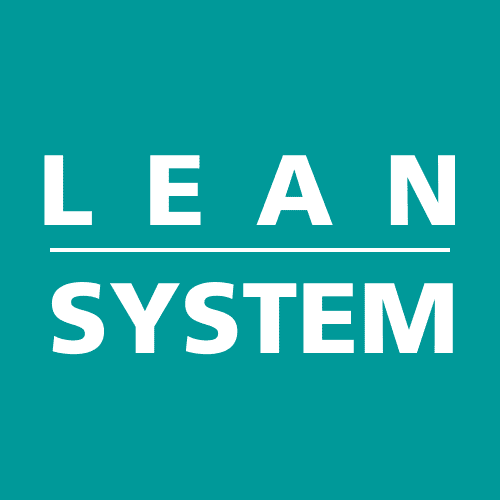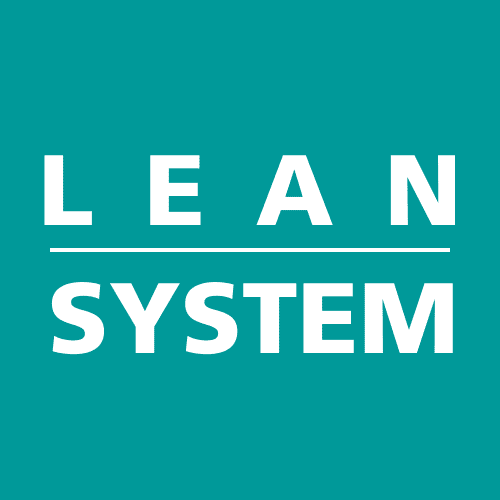Welcome to our article on ISO 45001 Clause 8, which focuses on operation, operational control, and emergency preparedness and response. The implementation of effective safety measures is crucial in any workplace, and this clause emphasizes the importance of taking proactive steps to ensure the safety of employees.
ISO 45001 sets the global standard for occupational health and safety management systems. Clause 8 of ISO 45001 outlines the requirements for operation, operational control, and emergency preparedness and response. These elements are closely interconnected and require meticulous attention to detail to minimize risks and ensure compliance.
Operation and operational control are key components of ISO 45001 Clause 8. This involves identifying hazards, assessing risks, and implementing effective risk control measures. It also requires the development and implementation of operational procedures to minimize risks and ensure a safe working environment. Effective operational planning is crucial to ensure that all safety measures are in place and are continually monitored and updated.
The emergency preparedness and response element of ISO 45001 Clause 8 emphasizes the importance of having effective emergency response plans in place. This includes conducting incident investigations to identify potential risks and implementing nonconformity and corrective action measures to minimize risks and ensure swift emergency responses.
In the next section, we will explore the concept of operation and operational control in ISO 45001 in more detail, and discuss the importance of operational planning, risk control, and the development of operational procedures.
Operation and Operational Control in ISO 45001
In ISO 45001, operation refers to the activities and processes involved in the organization's daily operations that can impact the health and safety of workers. Operational control is the set of measures that are put in place to manage these activities to prevent or reduce health and safety risks.
Operational planning is a crucial step in ensuring safe working conditions. This involves identifying potential hazards and assessing the risks associated with each activity. Once the risks have been identified, appropriate control measures should be put in place to manage them. These measures can include using personal protective equipment, implementing safe work procedures, and providing appropriate training to workers.
Risk control is an essential aspect of operational control. This involves monitoring the effectiveness of control measures and making necessary adjustments to ensure they remain effective. To achieve this, organizations should regularly review their risk management plans and carry out audits to identify areas that require improvement.
https://www.youtube.com/watch?v=zHKOJYgMsNU
"Effective operational control measures are essential for managing risks and ensuring worker safety in the workplace."
Finally, operational procedures should be put in place to ensure that operational control measures are followed consistently. These procedures should be documented and regularly reviewed to ensure that they remain relevant and effective. By implementing effective operational control measures, organizations can minimize health and safety risks and improve overall operational efficiency.
Emergency Preparedness and Response in ISO 45001
Emergency preparedness and response is a critical component of ISO 45001 Clause 8. It helps organizations to minimize risks and ensure swift emergency response in case of any incidents. Emergency procedures must be in place to respond promptly in case of any emergency, ensuring safety measures are in place for employees and stakeholders.
Effective emergency preparedness and response procedures include having an emergency response plan, conducting incident investigations, and implementing nonconformity and corrective action measures.
Developing and implementing an emergency response plan ensures that employees know what to do in case of emergencies. The emergency response plan must consider all potential hazards, such as fire, chemical spills, and natural disasters. In addition, an emergency response team should also be established and trained to handle emergencies promptly.
Incident investigation is another critical factor in emergency preparedness and response. Conducting an investigation helps to identify the root cause of an incident and implement corrective measures to prevent similar incidents from occurring in the future. The investigation should be thorough and consider all factors, including human factors, equipment, and safety procedures.
Nonconformity and corrective action measures are essential to minimize risks and ensure swift emergency responses. These measures include identifying potential hazards, implementing corrective measures, and taking preventive action to avoid similar situations in the future. In addition, nonconformity and corrective action measures must be regularly reviewed to ensure effectiveness.
Example of Emergency Preparedness and Response Procedures
The following table outlines an example of an emergency response plan:
| Hazard | Description | Response Plan |
|---|---|---|
| Fire | A fire breakout in the workplace | Evacuate all employees and stakeholders using the nearest exit and call the fire department. If the fire is small, use the fire extinguisher to put it out. Ensure a proper design and installation of a fire suppression system. Regularly maintain and inspect the fire system, extinguishers, and alarms. |
| Chemical Spill | Leaking of hazardous chemicals | Evacuate all employees and stakeholders and call the chemical spill response team. Seal off the area to prevent chemical leakage and contamination. Remove all non-essential personnel from the area. Decontaminate all affected surfaces and equipment. Use personal protective equipment (PPE) to prevent exposure to hazardous chemicals. |
| Natural Disaster | Incidents like hurricanes, tornadoes, and earthquakes | Take shelter in a safe area of the workplace, such as an interior room or basement. Disconnect all electrical equipment and turn off the gas. After the natural disaster, assess the damage and ensure that all employees and stakeholders are safe. Notify the appropriate authorities and follow their instructions. |

Implementing effective emergency preparedness and response procedures is crucial for maintaining a safe working environment and complying with ISO 45001 standards. By having a comprehensive emergency response plan, conducting incident investigations, and implementing nonconformity and corrective action measures, organizations can minimize risks, protect employees and stakeholders, and ensure swift emergency responses.
Conclusion
ISO 45001 Clause 8 highlights the importance of operation, operational control, and emergency preparedness and response in ensuring a safe working environment. It emphasizes the significance of implementing effective operational planning, risk control, and emergency response measures to minimize occupational health and safety risks while complying with ISO 45001 standards.
By prioritizing the elements of Clause 8, organizations can develop a comprehensive approach to health and safety management. This can help them identify potential hazards, assess risks, and implement appropriate control measures to prevent accidents and incidents.
Through effective emergency preparedness and response plans, organizations can ensure swift and appropriate action in the face of unexpected events. Incident investigations and nonconformity and corrective action measures play a critical role in minimizing risks and improving safety management.
In conclusion, ISO 45001 Clause 8 provides organizations with a solid framework for managing occupational health and safety risks. By implementing the essential elements of this clause, organizations can uphold their commitment to creating a safe and healthy working environment for their employees.
FAQ
What is ISO 45001?
ISO 45001 is an international standard that provides a framework for organizations to establish, implement, maintain, and improve an occupational health and safety management system. It aims to ensure the health, safety, and well-being of workers, as well as prevent work-related injuries and illnesses.
Why is Clause 8 of ISO 45001 important?
Clause 8 of ISO 45001 focuses on operation, operational control, and emergency preparedness and response. It is important because it outlines the key elements necessary for effective safety measures in the workplace. By understanding and implementing Clause 8, organizations can safeguard their employees, minimize risks, and ensure compliance with ISO 45001 standards.
What does "operation" refer to in ISO 45001?
In ISO 45001, "operation" refers to the activities and processes performed by an organization to achieve its intended outcomes. It includes the identification of hazards, risk assessments, operational planning, and the implementation of operational controls to mitigate risks and create a safe working environment.
What is the role of operational control in ISO 45001?
Operational control is a crucial aspect of ISO 45001. It involves the implementation and maintenance of measures to manage and control hazards and risks identified during the operation phase. This includes implementing operational procedures, providing adequate training and supervision, and ensuring compliance with legal requirements and relevant standards.
How does ISO 45001 address emergency preparedness and response?
ISO 45001 recognizes the importance of being prepared for emergencies and having effective response procedures in place. It requires organizations to develop and maintain emergency response plans, conduct incident investigations, identify nonconformities, and take corrective actions to prevent recurrence and improve emergency response capabilities.
What are the benefits of implementing ISO 45001 Clause 8?
Implementing ISO 45001 Clause 8 provides several benefits, including improved workplace safety, reduced risks of work-related accidents and illnesses, enhanced emergency preparedness, compliance with legal and regulatory requirements, increased employee morale and engagement, and improved reputation and trust from stakeholders.

